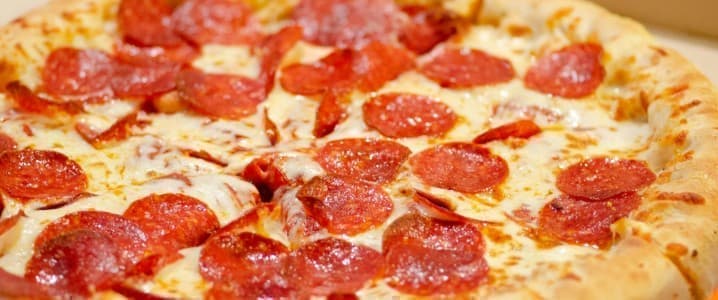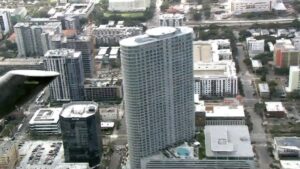
The Pentagon Pizza Index suggests a unique correlation between late-night pizza deliveries to the Pentagon and significant geopolitical events. Historical patterns show that surges in pizza orders may signal impending military actions, raising intriguing questions about how everyday behaviors can reflect broader global tensions.
Understanding the Pentagon Pizza Index
The concept of the Pentagon Pizza Index gained attention after a series of notable events where spikes in pizza deliveries coincided with military operations. For instance, during the **U.S. invasion of Grenada** in October 1983, deliveries reportedly nearly doubled on the eve of the operation. Frank Meeks, a franchise owner of Domino’s in the Washington, D.C., area, recounted drivers reporting increased orders to government buildings, paralleling late-night strategy meetings held by the Reagan administration.
As the U.S. prepared for **Operation Desert Storm** in January 1991, Meeks noted a similar trend. His delivery staff worked overtime, with late-night orders to the Pentagon and the CIA showing a near doubling, aligning with heightened military readiness prior to the Gulf War. This pattern established the Pizza Index as a quirky yet persistent indicator of military activity.
The index continued to reflect significant events, such as during **Operation Just Cause** in December 1989, when deliveries also saw a notable increase the night before the operation to remove Panamanian leader **Manuel Noriega**. Meeks reported another surge in orders, further solidifying the correlation between pizza deliveries and government actions.
Modern Applications and Observations
The relevance of the Pentagon Pizza Index has evolved with technology, now incorporating real-time data from social media and delivery apps. For example, on **April 13, 2024**, as **Iran** initiated drone and missile attacks on **Israel**, local pizzerias experienced significant increases in delivery requests, as highlighted by Google Maps. This trend mirrored previous spikes noted before high-profile assassinations and military operations in the region.
OSINT (Open Source Intelligence) analysts have begun tracking a range of indicators beyond pizza orders, providing a more comprehensive understanding of potential crises. For instance, prolonged lighting in Pentagon offices during late hours often suggests intense strategic discussions, a visual cue that can be confirmed via satellite images.
Additionally, increased activity from rideshare services like Uber and Lyft near government buildings can signal the arrival of military officials or crisis consultants. During the 2024 Iran-Israel conflict, analysts observed higher ride requests correlating with pizza delivery spikes, indicating a possible influx of personnel.
Unusual traffic patterns around military bases, particularly those spotted on navigation apps like Waze, could also hint at heightened activity. Furthermore, military aircraft movements tracked by platforms such as Flightradar24 often precede significant operations, reinforcing the importance of this type of data in the current geopolitical landscape.
Sudden rises in electricity consumption at government facilities might reflect extended operations, a less visible but critical indicator of military readiness. Observers have noted spikes during historical crises, providing another data point for analysts monitoring government behavior.
The Pentagon Pizza Index, while dismissed by some as mere correlation, offers a fascinating lens into crisis management and military planning. As social media and OSINT tools continue to expand, the index remains a captivating element of modern folklore. By observing simple patterns, from pizza orders to office lights, analysts and enthusiasts alike can gain insights into the hidden rhythms of global geopolitics. Next time you’re near a pizzeria in the Washington, D.C. area, you might just witness the subtle signs of a significant event unfolding.






